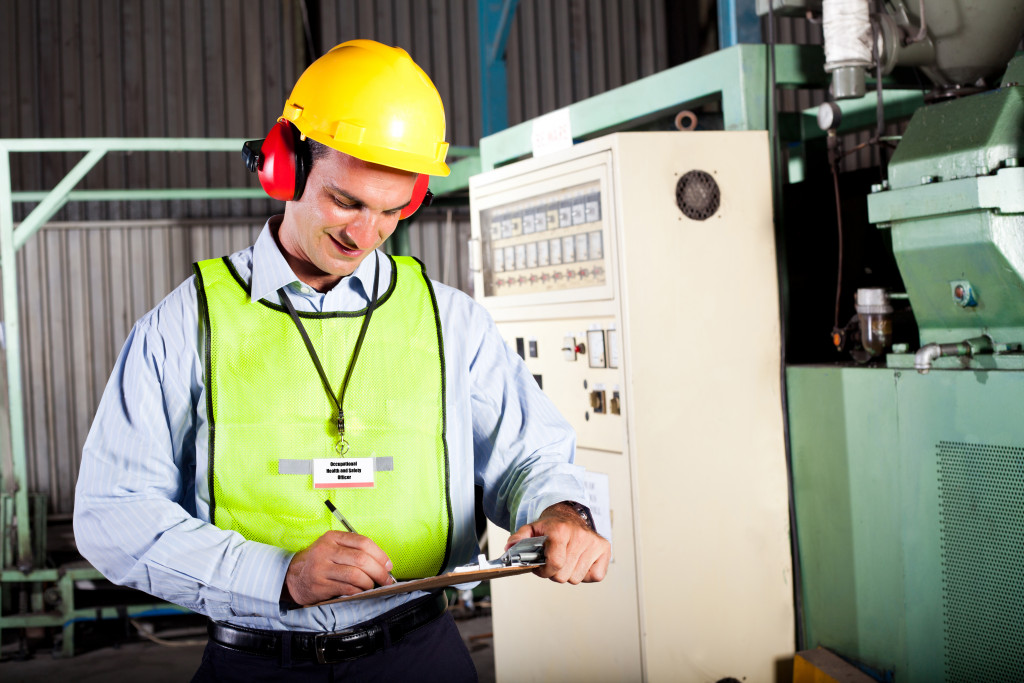Factories are often demonized as the root of environmental and social issues. But the truth is factories can be a powerful force for good in struggling communities. They can provide much-needed jobs and support local businesses. If you’re thinking about setting up a community factory, here are the steps you’ll need to take:
Research the needs of the community
Before setting up a factory in a struggling community, it’s vital to first research the community’s needs. What kinds of jobs are people looking for? What skills do they have? What is the unemployment rate? Once you understand the community’s needs, you can develop a plan for how your factory can help.
For example, you may want to focus on creating jobs that require little to no prior experience or training. Or, you may want to provide job training and development programs to help people learn new skills. By taking the time to research the community’s needs, you can ensure that your factory will have a positive impact and make a real difference in the lives of those who live there.
Find a suitable location
The ideal location for a factory depends on several factors, including the size of the facility, the type of products being manufactured, and the availability of resources.
You’ll need a lot of space if you’re manufacturing large products. You’ll need a clean and well-lit environment if you’re manufacturing delicate products. And if you’re manufacturing products that require raw materials, you’ll need to be located near those materials. Once you’ve considered all of these factors, you can start to look for a suitable location for your factory.
Develop a business plan
You must develop a business plan when setting up a factory in a struggling community. You will also need to create a financial plan outlining the costs of setting up and running the factory.
Additionally, you should develop a marketing plan, which will help you to promote your product and attract customers. Finally, you will need to create a management plan to outline how you will run the factory and ensure it is profitable. By developing these plans, you can increase your chances of success.
Raise capital
If you already have a business plan, you can quickly determine the costs associated with setting up and running the factory and begin seeking out investors. You may want to consider approaching local businesses or community organizations first. These groups may be more likely to invest in your project if they believe it will benefit the community. Once you’ve raised the necessary capital, you can begin setting up your factory. With a little hard work, you can soon have your factory up and running.
Get the right equipment for your factory
Before you get started, there are a few other things you need to take into consideration. First and foremost, you must ensure you have the right equipment for your factory. Without the proper machines, your factory will not be able to churn out the products it needs to succeed. The equipment required could vary depending on what type of factory you have, but a common, helpful tool that many factories are using today is a motion control process.
Motion control processes rely on automated machinery and computer-controlled devices, increasing production efficiency and reducing errors. With these systems in place, your workers will have an easier time operating the equipment and producing quality products. It’s important to research and invest in the right equipment for your specific factory needs to ensure success.
Create a safe work environment

It’s important to create a safe work environment for your employees. This means providing proper training, ensuring that all equipment is properly maintained, and implementing safety procedures. It’s also important to have an emergency plan in case of accidents or emergencies.
Additionally, you should consider the overall work environment for your employees. Offer fair wages, benefits, and opportunities for growth and advancement. By creating a positive work environment, you can retain talented employees and ensure the success of your factory.
Stay committed to the community
When setting up a factory in a struggling community, it’s important to remember that your role is not just to provide jobs and boost the economy but also to give back to the community. This could mean offering internships or job training programs, participating in local events and fundraisers, or even supporting local small businesses.
By staying committed to the community and giving back in various ways, you can not only ensure your factory’s success but also positively impact the surrounding area.
A community factory can be an immensely valuable asset for any number of struggling communities worldwide—but only if it’s done right. By researching the community’s needs, finding the right location, developing a business plan, raising capital, getting the right equipment, creating a safe work environment, and staying committed to the community, you can set up a successful factory that provides employment and helps boost the economy of a struggling community.

